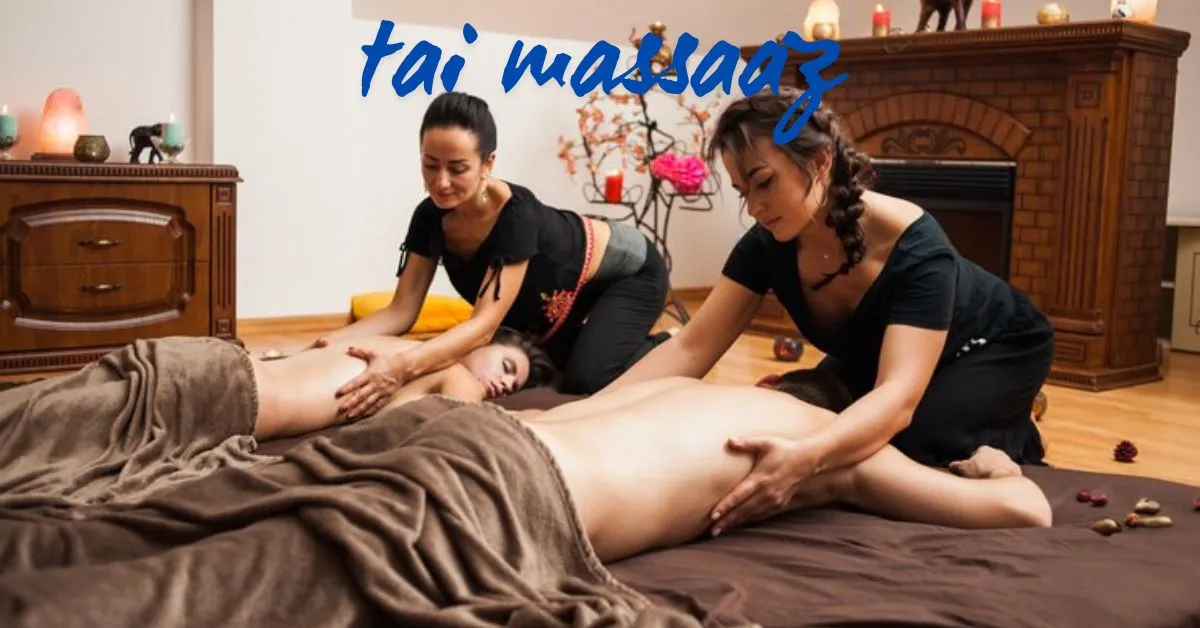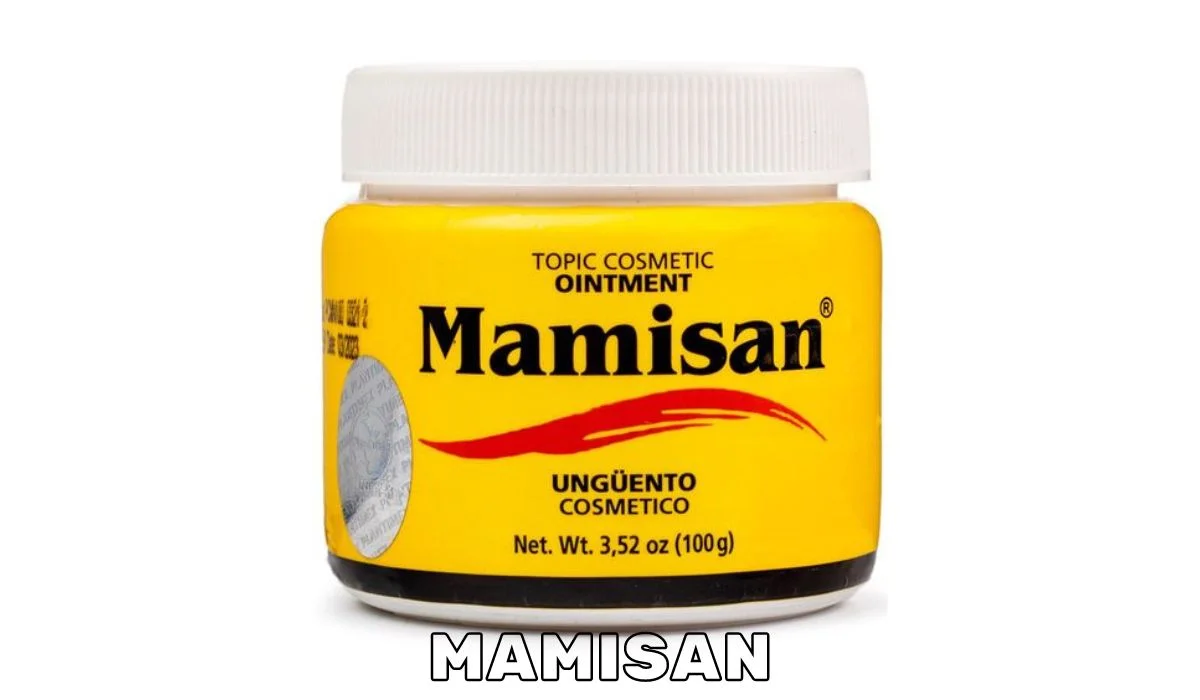Tai massaaz, often referred to as Thai massage, is an ancient therapeutic practice originating from Thailand. This unique form of massage combines elements of yoga, acupressure, and rhythmic movement to deliver profound relaxation and physical benefits. Unlike conventional massages that focus on the muscles, tai massaaz emphasizes the flow of energy through the body, improving muscle elasticity, joint mobility, and alleviating mental tension. In this comprehensive guide, we will explore the origins, techniques, benefits, and what you can expect from a tai massaaz session.
The Origins of Tai Massaaz
Historical Background
Tai massaaz has roots that trace back over 2,500 years to ancient Thailand. It is believed to have been developed by Jivaka Kumar Bhaccha, a contemporary of the Buddha, who was renowned for his medicinal knowledge. This ancient healing practice integrates elements from Indian Ayurvedic medicine, Chinese acupuncture, and traditional Thai medicine. Historically, it was practiced in Buddhist temples and passed down through generations of monks, who used it to maintain health and promote spiritual well-being.
Evolution and Modern Practice
Over the centuries, tai massaaz evolved from its temple origins to become a widely practiced form of therapy around the world. In recent years, its popularity has surged globally, as people seek holistic approaches to health and relaxation. Modern tai massaaz retains its traditional roots but has also adapted to contemporary wellness practices, making it accessible and beneficial for a wide range of people.
Core Principles of Tai Massaaz
Mind-Body Connection
Tai massaaz operates on the principle that the mind and body are deeply interconnected. Physical tension and stress often manifest in the body, and it aims to address both physical and mental aspects of health. By incorporating deep breathing techniques and rhythmic movements, it promotes relaxation and helps release accumulated tension.
Energy Lines and Sen Sib
A fundamental concept in tai massaaz is the idea of energy lines, known as “Sen Sib” in Thai. These lines are believed to carry vital life energy, or “lom,” throughout the body. Blockages or disruptions in these energy lines can lead to physical pain, emotional distress, and health issues. During a session, the practitioner uses various techniques to stimulate these energy lines, improving the flow of energy and restoring balance.
Stretching and Movement
Tai massaaz is unique in its use of stretching and movement techniques. Unlike traditional massages that focus on muscle manipulation, it incorporates assisted stretches and yoga-like poses. This approach enhances flexibility, joint mobility, and overall muscle elasticity. The practitioner guides the recipient through a series of stretches, applying pressure to deepen the effects and improve overall physical function.
Benefits of Tai Massaaz
Physical Benefits
- Enhanced Flexibility: The stretching techniques in it help increase flexibility by lengthening muscles and improving joint mobility. Regular sessions can lead to greater range of motion and reduced muscle stiffness.
- Improved Circulation: The rhythmic compressions and pressure applied during it stimulate blood flow and lymphatic drainage. This enhanced circulation helps deliver oxygen and nutrients to the tissues, promoting overall health.
- Pain Relief: It is effective in alleviating chronic pain conditions such as back pain, joint pain, and headaches. The combination of acupressure and stretching helps release muscle tension and reduce inflammation.
- Boosted Immunity: By stimulating the lymphatic system and promoting relaxation, it can strengthen the immune system. Regular sessions can help enhance the body’s ability to combat illnesses and infections.
Mental and Emotional Benefits
- Stress Reduction: It helps reduce stress through its calming, rhythmic movements and deep breathing techniques. This relaxation response can lead to improved mental clarity and emotional balance.
- Improved Sleep: Many people find that it improves their sleep quality. The deep relaxation achieved during a session can make it easier to fall asleep and enjoy more restful nights.
- Emotional Release: The practice can facilitate the release of pent-up emotions. As physical tension is released, individuals may experience emotional catharsis, allowing them to address and process negative feelings.
- Mindfulness and Presence: It encourages mindfulness through its focus on breathing and movement. This increased awareness can enhance emotional resilience and foster a positive outlook on life.
What to Expect During a Tai Massaaz Session
The Setting and Atmosphere
It is typically performed on a mat placed on the floor rather than on a traditional massage table. This setup allows for greater freedom of movement and helps facilitate the practitioner’s techniques. The environment is designed to be calming and serene, often featuring soft lighting, soothing music, and pleasant aromas to create a relaxing atmosphere.
Clothing and Preparation
It is performed with the recipient fully clothed. It is best to wear loose, comfortable clothing that allows for ease of movement. Unlike other massage types, no oils or lotions are used in it. Prior to the session, the practitioner may inquire about any specific areas of concern or health issues to tailor the treatment to your needs.
The Flow of a Session
A typical session lasts between 60 and 90 minutes. The session usually begins with deep breathing exercises to help you relax and center your mind. The practitioner then guides you through a series of stretches, compressions, and acupressure techniques, focusing on the energy lines of the body. The movements are rhythmic and fluid, creating a harmonious and balanced experience.
Different Styles and Techniques of Tai Massaaz
Northern vs. Southern Tai Massaaz
- Northern Tai Massaaz: Known as “Nuad Bo-Rarn,” this style is characterized by a slower pace and an emphasis on stretching. It is often considered more meditative, focusing on relaxation and deep breathing.
- Southern Tai Massaaz: Also referred to as “Wat Pho” massage, this style involves stronger pressure and more acupressure techniques. It is particularly effective for relieving muscle tension and pain.
Both styles offer unique benefits and the choice between them depends on personal preference and specific therapeutic needs.
Specialized Techniques
- Tok Sen: This technique uses a wooden hammer and wedge to tap along the energy lines. Tok Sen is believed to release deeply held tension and improve energy flow.
- Herbal Compress Massage: Heated herbal compresses are applied to the body during the massage. This technique enhances the therapeutic effects by soothing sore muscles and promoting relaxation.
- Thai Foot Massage: Focused on the feet and lower legs, this technique uses acupressure and reflexology to stimulate energy points and promote overall well-being.
Who Can Benefit from Tai Massaaz?
Athletes and Active Individuals
Tai massaaz is highly beneficial for athletes and those who engage in regular physical activity. The stretching and muscle manipulation techniques improve flexibility, prevent injuries, and aid in recovery. Athletes often use it to enhance performance and reduce muscle soreness.
Individuals with Chronic Pain
For those experiencing chronic pain conditions, such as arthritis or back pain, tai massaaz can provide significant relief. The combination of acupressure and stretching helps to alleviate pain, reduce inflammation, and improve mobility.
People Experiencing Stress and Anxiety
Tai massaaz is an excellent option for individuals dealing with stress and anxiety. The relaxation techniques and deep breathing help to calm the nervous system, reduce stress levels, and promote emotional balance.
Conclusion
Tai massaaz is a holistic and deeply relaxing therapeutic practice that offers numerous physical, mental, and emotional benefits. By understanding its origins, techniques, and benefits, you can fully appreciate how this ancient art enhances well-being and promotes overall health. Whether you are seeking relief from pain, stress reduction, or improved flexibility, it provides a unique and effective approach to achieving balance and harmony in your life.
FAQs
1. What is tai massaaz?
- Tai massaaz, or Thai massage, is an ancient therapeutic practice from Thailand that combines stretching, acupressure, and rhythmic movements. It aims to improve muscle elasticity, joint mobility, and relieve mental tension.
2. What are the benefits of tai massaaz?
- It offers various benefits including improved flexibility, enhanced circulation, pain relief, stress reduction, better sleep, and emotional release.
3. What should I wear to a tai massaaz session?
- Wear loose, comfortable clothing that allows for easy movement. Unlike other massages, it is performed without oils or lotions.
4. How long does a tai massaaz session last?
- A typical session lasts between 60 and 90 minutes, but the duration can be adjusted based on individual preferences and needs.
5. What are the different styles of tai massaaz?
- The two main styles are Northern tai massaaz (Nuad Bo-Rarn), which is slower and more meditative, and Southern tai massaaz (Wat Pho), which involves stronger pressure and acupressure techniques.





3 thoughts on “Tai Massaaz : A Deep Dive into the Art of Thai Massage”